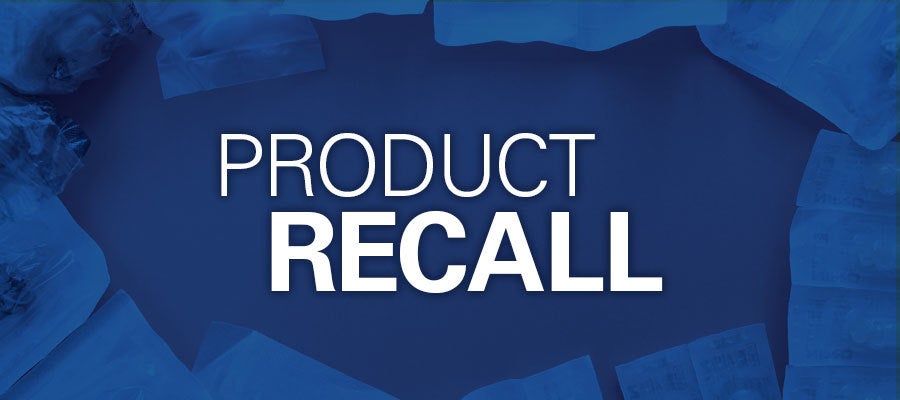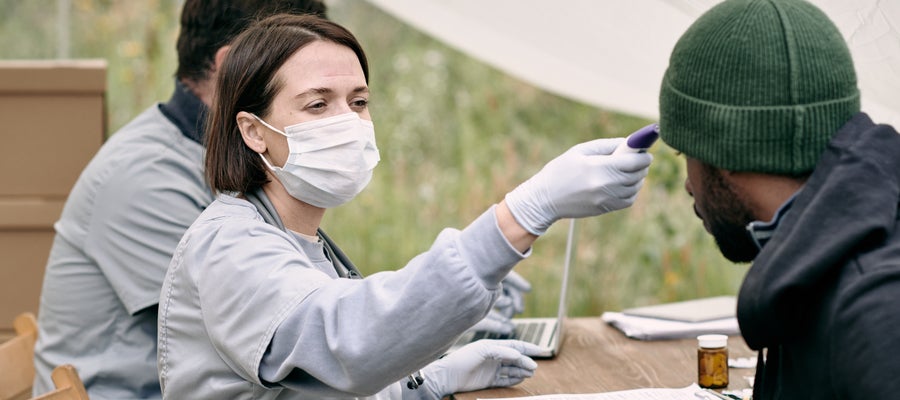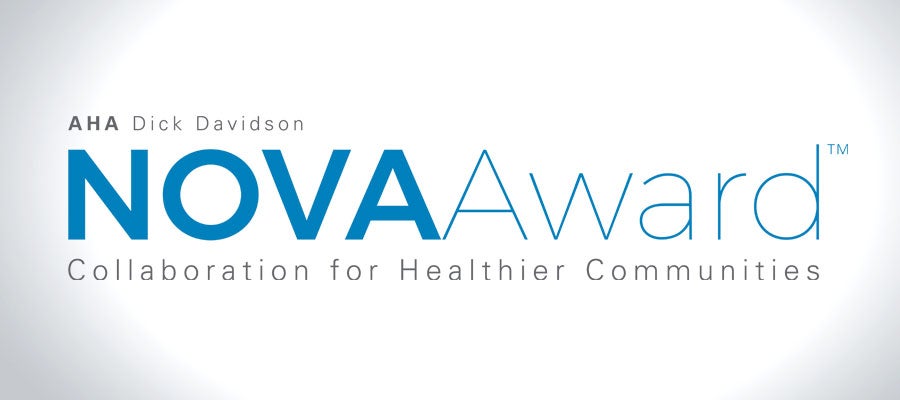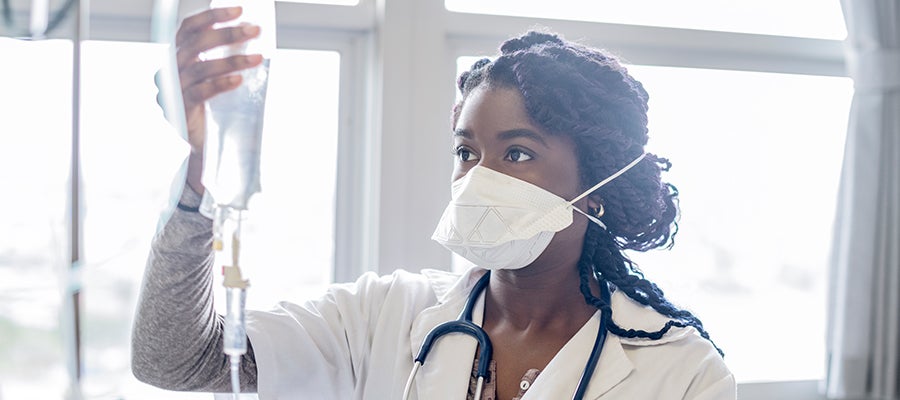In part two of this podcast series, Elisa Arespacochaga, vice president of the AHA Physician Alliance, speaks with Chris Moriates, M.D., assistant dean for health care value at the University of Texas at Austin Dell Medical School, and Pamela Johnson, M.D., vice president of care transformation at Johns Hopkins Health System, about how clinicians and hospital leaders are working together to enhance health care value and affordability.








